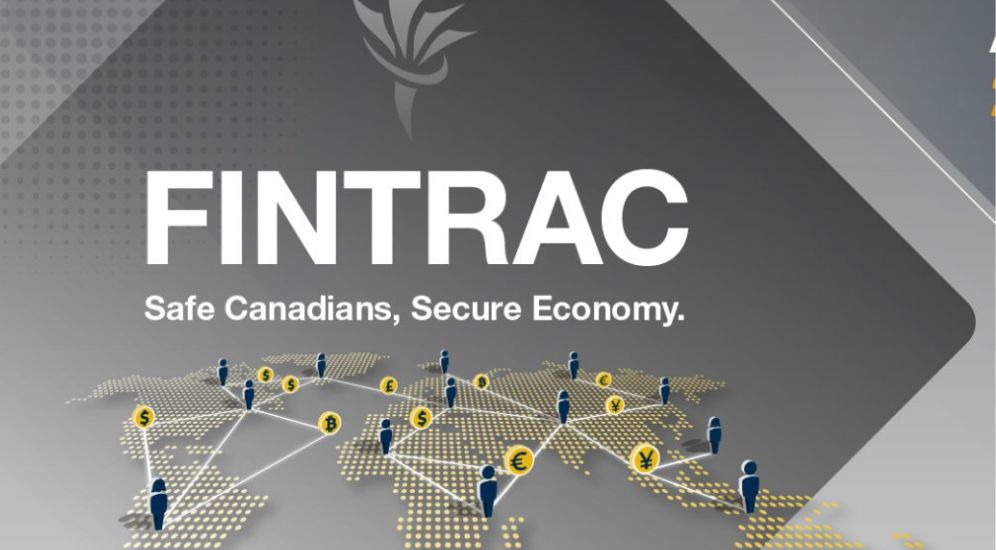The Canadian anti-money laundering and anti-terrorist financing (AML/ATF) environment is experiencing the most dramatic shift in the last several decades. Although the Strong Borders Act by the government brought a wholesale change to the regime, several of its most significant, micro changes are being implemented gradually. The next important milestone that compliance professionals should consider is the deadline on September 8th.
This article provides a detailed analysis of the changes coming into effect, their strategic implications for reporting entities, and a practical guide to ensuring your compliance program is not only up-to-date but also resilient to future regulatory scrutiny.
The Core Changes Effective September 8th
The primary focus of the September 8th amendments is the expansion of reporting requirements for terrorist and sanctioned property. While the initial changes to this obligation came into force earlier in the year, the September deadline marks the point when the full scope of the new rules becomes effective.
Here is a breakdown of the key elements:
-
Expanded Reporting Scope:
The amendments broaden the definition of terrorist and authorized property to include not only assets and money but also more physical assets such as vehicles, equipment and artwork. This is a very important consideration to industries such as luxuries, real estate, and car dealerships since they are now more than ever expected to report.
-
A New Reporting Mechanism:
Reporting entities are no longer required to make a separate disclosure under the Criminal Code and other related acts. Instead, a new, consolidated “Listed Person or Entity Property Report” has been introduced. This streamlines the process but also centralizes the reporting of property related to individuals and entities designated under:
- The United Nations Act
- The Special Economic Measures Act (SEMA)
- The Justice for Victims of Corrupt Foreign Officials Act (Sergei Magnitsky Law)
Learn about our AML/ATF integration services and automate your compliance
-
The Introduction of Deemed Ownership Rules:
The most advanced and challenging aspect of the new regulations is the application of “deemed ownership” rules, particularly under SEMA and the Magnitsky Law. These rules are no longer limited to a simple majority control test. They now impose a legal obligation to report property that is deemed to be owned or controlled by a listed individual or entity, even if they do not hold a clear legal title. This requires a deeper level of beneficial ownership analysis and a proactive approach to due diligence.

Strategic Implications for Fintech and Financial Services
For businesses operating in the fintech and broader financial services space, the September 8th changes are not just a minor update—they are a call for a strategic re-evaluation of your AML framework.
-
Enhanced Risk Assessments:
Your firm’s risk assessment must now explicitly address the risk of sanctions evasion and the expanded definition of sanctioned property. You must prove to FINTRAC that you have adequate policies and procedures to identify and mitigate this risk, particularly in high-risk sectors like virtual assets and international remittances.
-
Due Diligence is No Longer a Checklist:
This is because the deemed ownership rules require a change in approach to a more intelligence-based due diligence approach instead of a check-the-box approach. This involves the use of sophisticated screening devices that are not limited to simple sanctions lists and can detect complex ownership arrangements, third-party relationships and corporate networks that could be used to conceal illicit assets.
-
Proactive Monitoring and Technology:
The new reporting obligations require real-time monitoring capabilities. A manual, periodic review of sanctions lists is no longer sufficient. Fintech firms must implement transaction monitoring systems that can flag not only direct links to sanctioned individuals but also suspicious patterns that could indicate sanctions evasion.
The Broader Context: Why Now?
These changes are not isolated to Canada. They reflect an increasing global focus on combatting sanctions evasion and illicit finance. As countries and international bodies like the Financial Action Task Force (FATF) continue to expand their sanctions lists, regulators are pushing for a more proactive and sophisticated approach from the private sector. The 40-fold increase in administrative monetary penalties under the new legislation is a clear signal that FINTRAC is prepared to enforce these rules with unprecedented authority.
The Technical and Operational Overhaul: A Deeper Dive
Beyond the high-level policy changes, the September 8th deadline forces a fundamental technical and operational re-engineering for many businesses. Merely updating policy documents is insufficient; the new rules require a complete overhaul of data models, technology stacks, and operational workflows.
1. Re-engineering the Data Model for Beneficial Ownership
The “deemed ownership” rules are the most complex change from a data and technology perspective. Legacy systems, often designed to identify beneficial ownership through simple percentages (e.g., >25% control), are now obsolete.
- From Percentage-Based to Entity-Centric: Your data model must evolve from a percentage-based approach to an entity-centric model. This requires the ability to map complex networks of relationships—not just legal ownership—but also family ties, business affiliations, and shared addresses. This is where advanced graph database technology comes into play, allowing for the visualization and analysis of connections that are not immediately apparent in a linear spreadsheet.
- The Power of AI and Machine Learning: Algorithmic transaction monitoring systems must be re-tuned. Beyond flagging transactions to sanctioned individuals, they must now be capable of identifying indirect or proxy transactions. For example, an AI model can detect a pattern where a listed individual’s close associate receives a series of payments from a seemingly unrelated third party, which then immediately forwards those funds to a business owned by the listed individual’s family member. These subtle, multi-step transactions are a key indicator of sanctions evasion.
2. Strategic Implications for Technology Procurement and Integration
The new requirements put immense pressure on your tech stack. Compliance is no longer a separate department; it is now deeply embedded in the technology infrastructure.
- API-First Compliance: The most efficient way to comply is to adopt an API-first compliance strategy. Instead of relying on manual data entry or periodic batch processing, power your transaction, KYC, and sanctions screening processes with real-time API calls to your compliance solution provider. This ensures every transaction and every new customer is screened against the most up-to-date sanctions lists the moment the event occurs.
- Auditability and Regulatory Sandboxes: FINTRAC’s new enforcement powers demand full auditability. Every decision—why a transaction was flagged, why a customer was onboarded, and why a specific risk rating was assigned—must be logged and justifiable. This is where partnering with a provider that offers an immutable audit trail and “what-if” scenario testing within a regulatory sandbox becomes a competitive advantage. It allows you to prove to a regulator that your systems and controls are robust and well-calibrated.
3. The Long-Term Impact on Business Strategy
These regulatory changes are not a short-term hurdle; they will fundamentally reshape business strategy for the next decade.
- Public-Private Partnerships: The increasing complexity of financial crime requires collaboration. Look for opportunities to engage with FINTRAC through its voluntary compliance programs and information-sharing initiatives. Demonstrating a proactive approach to partnership can be a significant factor in mitigating enforcement actions.
- Compliance as a Competitive Advantage: Competitive businesses now are no longer considering compliance a cost center but rather as a competitive advantage. The capability to show the institutional partners. Investors and high-value customers who value security and regulatory integrity a best-in-class, robust and technologically advanced AML/ATF program will help build confidence. Weak compliance posture, however, may cause de-risking by correspondent banks and loss of access to markets.
- Training and Human Capital: Your technology is only as good as the people who use it. Investing in advanced, continuous training for your compliance and operational teams is non-negotiable. This includes training on the new FINTRAC risk-based approach (RBA) framework and the sophisticated methods used by illicit actors to circumvent controls.
Canadian businesses are being awakened by the September 8th deadline. It triggers the digitalization of AML/ATF compliance, shifting the emphasis from manual, reactive approaches to automated, intelligence-driven ones. To businesses that are ready, it is an opportunity, To establish themselves as a leader in a complex and ever-evolving financial ecosystem.
Contact us today for a free compliance assessment



